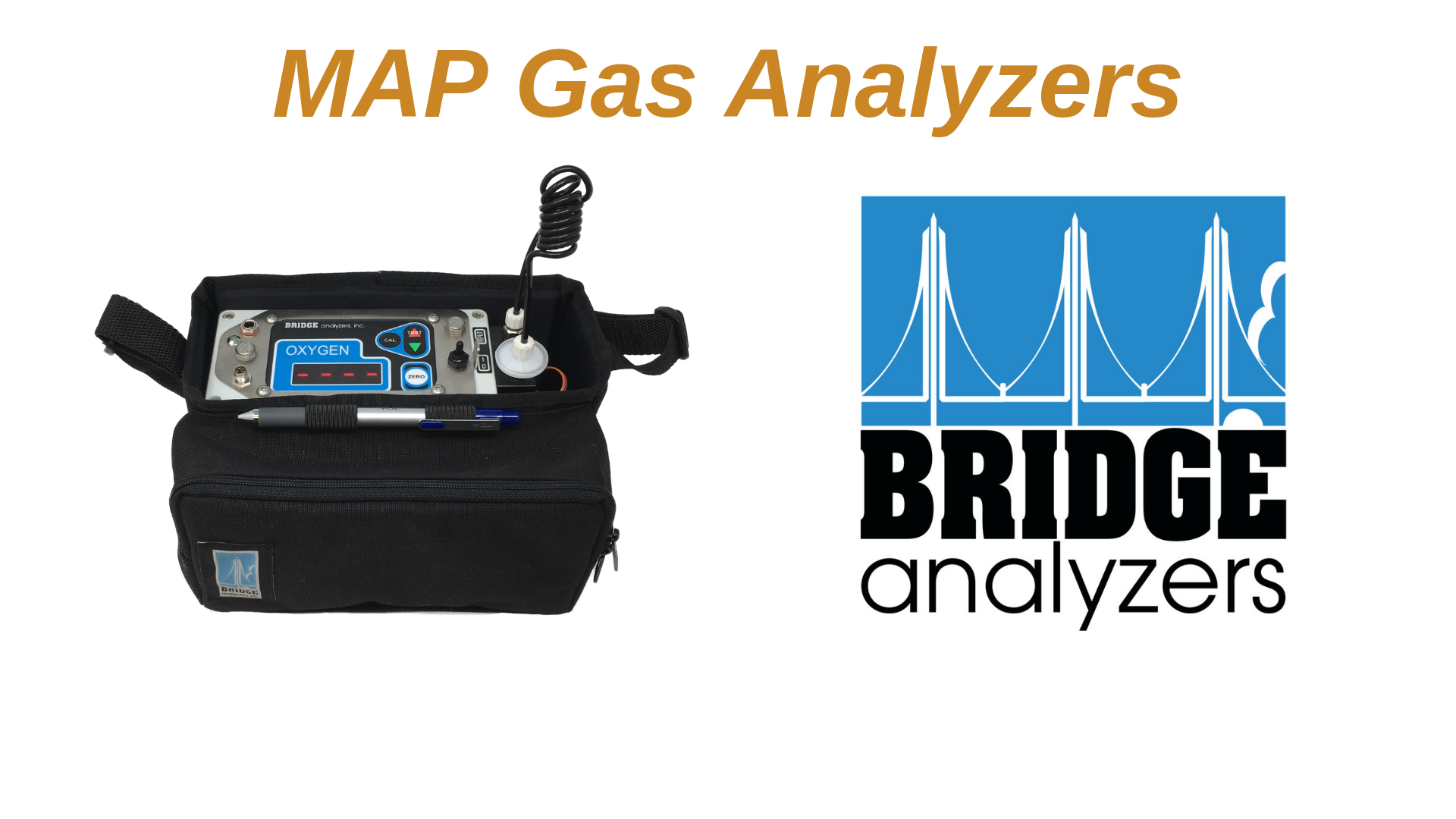Do we really need Modified Atmosphere Packaging or can we get away with vacuum packaging?
What is the best packaging strategy?
How will we ensure product quality while maintaining sufficient shelf-life?
What about product appearance?
When it comes to packaging your product, whether it be meat, cheese, produce, coffee, hops, or any other ingredient or food, things can get complicated quickly.
Whether you’re a seasoned food company looking to upgrade your packaging infrastructure or a new food company just beginning to look into packaging strategies and equipment, the sheer breadth and complexity of product offerings and industry opinions surrounding packaging can be overwhelming.
Finding the best solution for your packaging needs will be dependent on myriad factors inside your organization such as: type of product, shelf-life requirements, health and safety concerns, desired product appearance, market demand for the product, and many other factors besides.
There are many ways to package food, but there are only two that are widely used: vacuum packaging and modified atmosphere packaging (MAP). While vacuum packaging has its place in the packaging world, in this article we will focus on Modified Atmosphere Packaging, as its application and benefits are wider ranging and more nuanced than other packaging options. For instance, one of the aspects of MAP that sets it apart from vacuum packaging is its aesthetic factor.
MAP allows food packagers to control the shape and appearance of their product with much more specificity than vacuum packaging. While, from a purely functional perspective, packaging is about preserving the packaged food, extending its shelf life, and maintaining its aroma and flavor; that is not where its value-add ends from a business perspective.
Packaging is also about maintaining or enhancing the aesthetic appeal of the product to the customer in order that the customer will choose your product over one of your competitors’ products. In this way packaging is not just about the product in the package, it is also about the customer and how they perceive both the package and the product in that package. In short, packaging is both scientific and psychological, focused both on the product and the consumer.
A successful MAP packaging strategy requires four elements: a packaging machine, wrapping material, gas or gas mixture, and— last but not least— a gas analyzer for quality control purposes.
- Packaging Machine
- Packaging Material
- Gas (delivered as pre-mixed gas or through a gas mixer)
- Gas Analyzer
At the most basic level, equipment for MAP must generally be capable of removing air from a package and replacing it with a gas or mixture of gases, and then sealing that package to maintain the newly modified atmosphere within the package. It is also vitally important that you test sample packages with a MAP gas analyzer to make sure that the gas mixture within the package is correct, that the package has been sealed sufficiently and has no leaks, and that the entirety of the MAP system is working properly. Without verifying your MAP packaged product with a MAP gas analyzer, all of your MAP processes are moot. You need to know if your processes are working properly, and a MAP gas analyzer allows you to do that while giving you peace of mind and confidence in your processes.
Our MAP gas analyzers are used by our food processing customers in their Quality Control testing processes to confirm that their finished, packaged products are fully sealed from air intrusion and incorporate the proper gas mixture to meet desired shelf life and product appearance standards.
Please, feel free to contact us to discuss food packaging in general or MAP gas analysis in particular. We are always glad to talk with our current and future customers. Also, check out our online store to see our complete product line of analyzers and parts & accessories.
